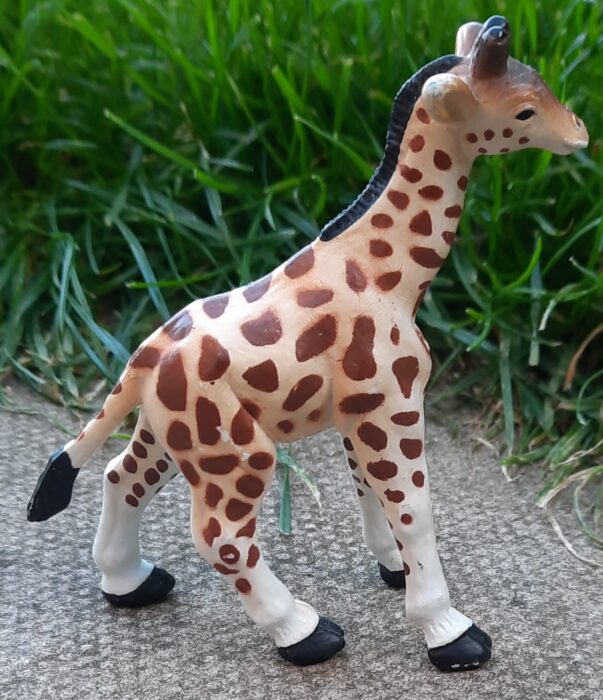Picking subjects for the “Savanah Summer” can often be a tall order. I can often be sticking my neck out trying to pick the best of Africa’s finest. This time though, it’s been easy to choose: I am finally covering the Giraffe (Girrafa camelopardalis). The tallest animals on the planet, these graceful creatures can grow to 18.7 ft tall and are found across Africa.
Type: Baby Animal
Old World Swallowtail, adult and caterpillar (Wild Animals by Papo)

While commonly referred to as the ‘Old World swallowtail’, Papilio machaon has a very wide distribution, widest of any of the Papilionidae, covering most of the Palearctic and into western North America. Part of the species’ success is its tolerance for a variety of habitats and host plants. The butterfly can be found in forests, grasslands, hilltops, Alpine meadows, tundra, wetlands, disturbed areas, parks, and gardens.
African Lioness and Cub, 2019 (Wild Life Africa by Schleich)

Review and images by Suspsy; edited by bmathison1972
African lions (Panthera leo) are by far the most social of wild felids thanks to their practice of living in groups of around 15 to 30 individuals, commonly called prides. The males, with their greater size and distinctive manes, occupy themselves primarily with defending the pride against intruders.
Capybara, adult and babies (Wildlife by CollectA)
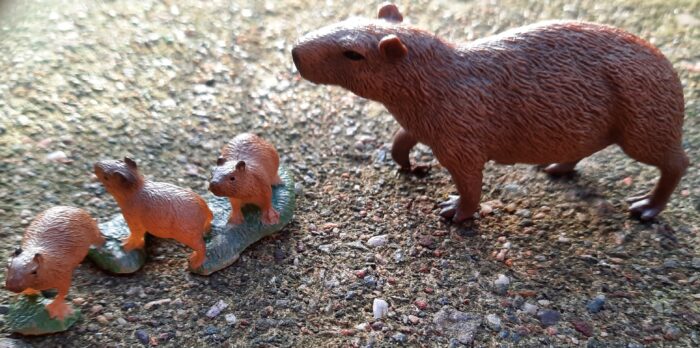
When most think of rodents, they think of things like the infamous black rat and it’s fleas, the verminous plague bringers of the world. This is unfair on all fronts, including the idea of them being small, as some can get sizeable. The largest today is the capybara (Hydrochoerus hydrochaeris), a relative of the Guinea pig and likewise found in South America, quite commonly too.
Gray Wolf, mother and pups (Boxed Sets of Wild Life by Schleich)
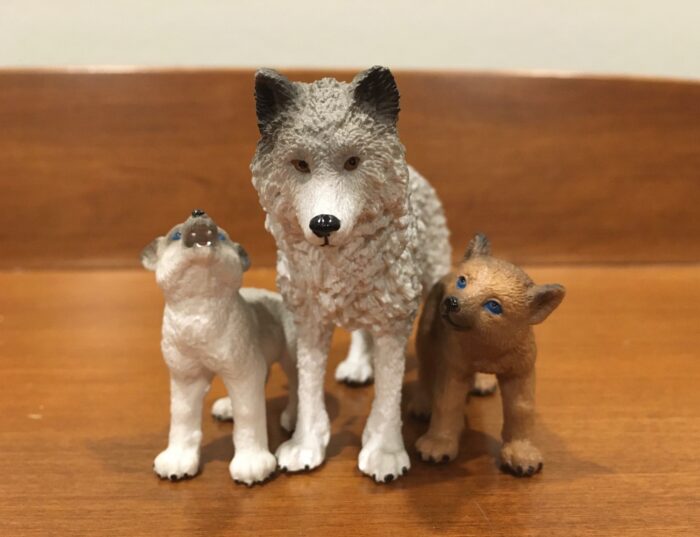
Review and images by Suspsy; edited by bmathison1972
Wolves (Canis lupus) are burdened with an unjustly sinister reputation for a variety of reasons and one is the centuries-old myth of werewolves. One most frightful tale is that of Peter Stubbe, ‘the Werewolf of Bedburg.’ In 1589, he confessed under torture to having received a wolfskin belt from the Devil that allowed him to transform into “the likeness of a greedy, devouring wolf, strong and mighty, with eyes great and large, which in the night sparkled like fire, a mouth great and wide, with most sharp and cruel teeth, a huge body, and mighty paws.” I will not go on to describe the many horrific crimes Stubbe committed, or the equally horrific punishment that was meted out to him on October 31, but suffice it to say, you shouldn’t read the entire story if you’re squeamish.
Japanese Rhinoceros Beetle, life cycle (Bandai Spirits & F-toys)
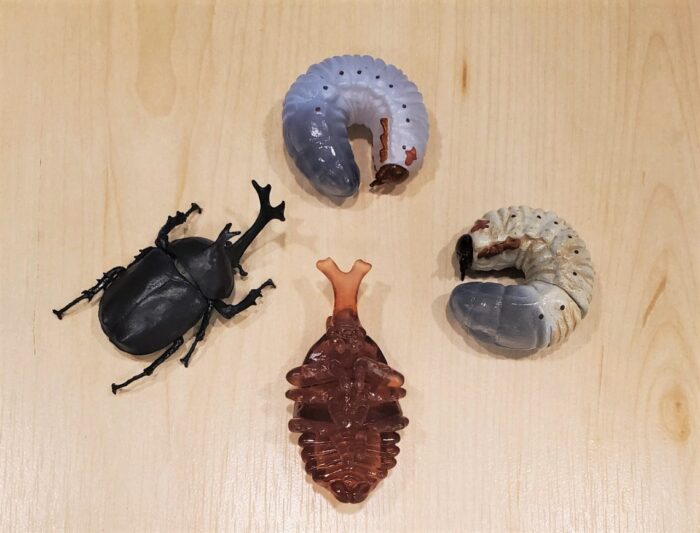
In just under two years ago, on August 21, 2019, I posted the first review here on the Animal Toy Blog. Now, I have the pleasure of posting review #500! Wow, 500 reviews just under two years! Many thanks to all the reviewers who have made this possible!
Allomyrina dichotoma is known as the Japanese rhinoceros beetle in English and kabutomushi in Japanese.
Zebra Shark, juvenile (Wild Water Series by Yowie Group)

Since joining the Animal Toy Forum, the Yowie Group company has quickly caught my attention. The chocolate wrapped eggs they produce offer a wide range of toy animals inside them, many species not readily produced by other companies. For whatever reason I didn’t think I could get these Yowie eggs myself, I thought they were unique to other countries overseas.
Humpback Whale, adult and calf (Monterey Bay Aquarium Collection by Safari Ltd.)
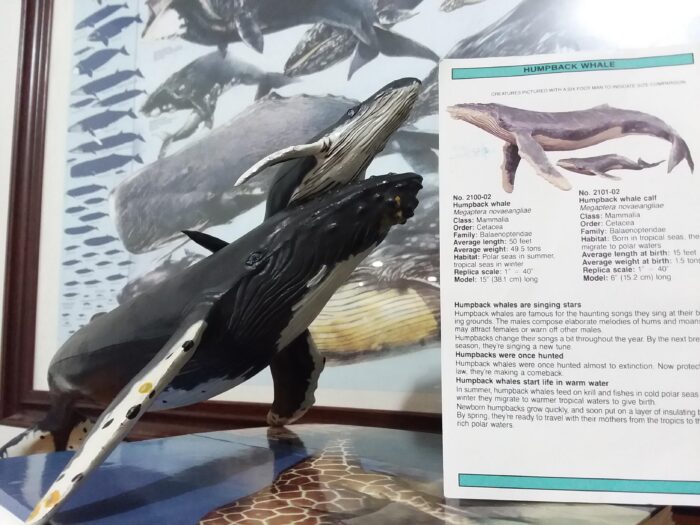
Golden-ringed Dragonfly (B.I.G. Insects by Takara Tomy A.R.T.S.)
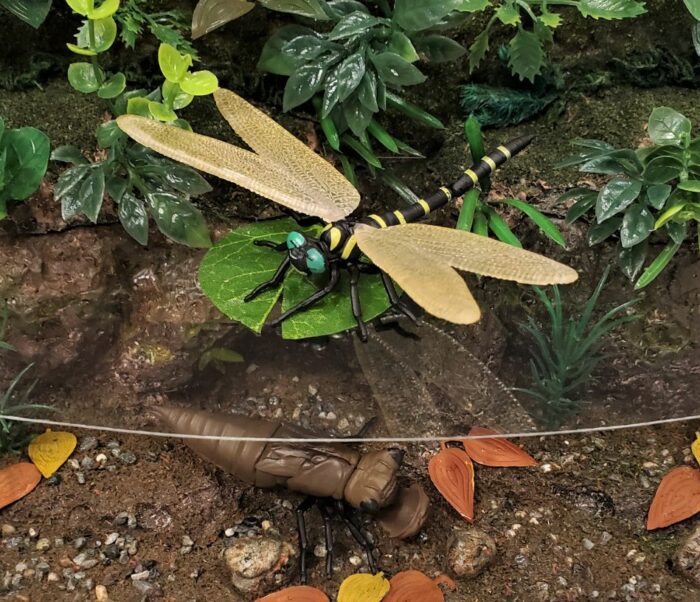
Today we are looking at a rather ingenious set of figures by Takara Tomy A.R.T.S., representing the golden-ringed dragonfly (Anotogaster sieboldii), that was released as part of their 2021 B.I.G. Insects collection. Every year, Takara releases a set of five large and articulated arthropods in the B.I.G.
Alpaca, adult with baby (City Life Zoo by Playmobil)
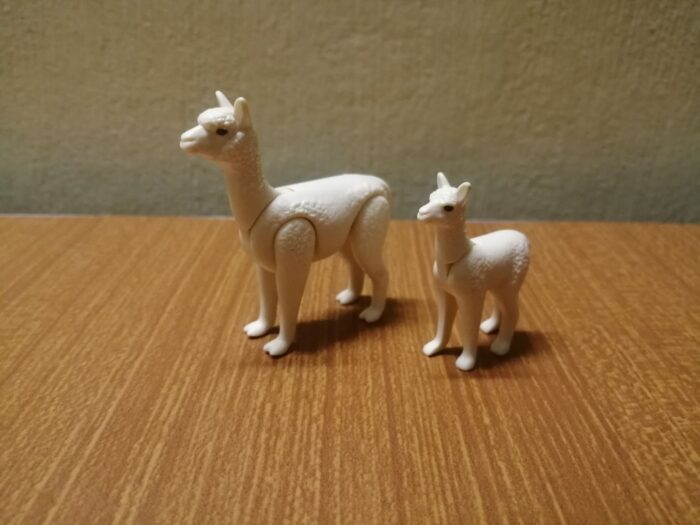
Review and images by Animal Lover, edited by bmathison1972
The alpaca (Vicugna pacos) is a domesticated breed of South-American camel-like ungulates. It resembles a sheep in appearance, but is larger and has a long, erect neck. Alpacas have been domesticated for thousands of years until modern times in Peru, most famously because of its prized wool.
Indian Elephants, 1998-2005 (Wild Life Asia and Australia by Schleich)
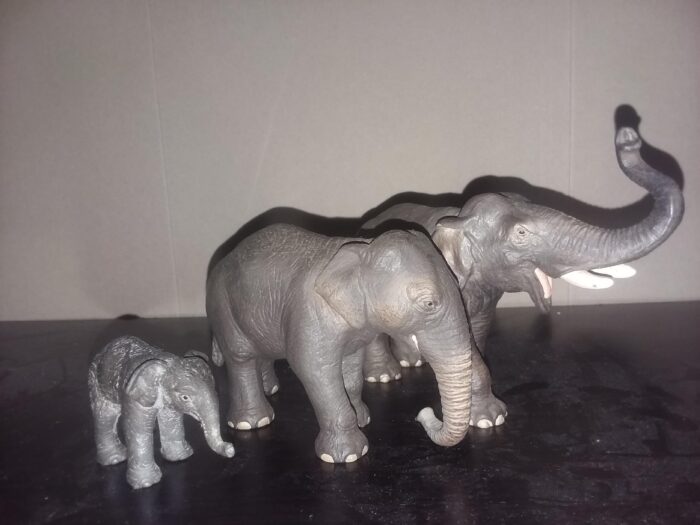
American Bison, adult and calf, 2004 (Wild Life America by Schleich)


